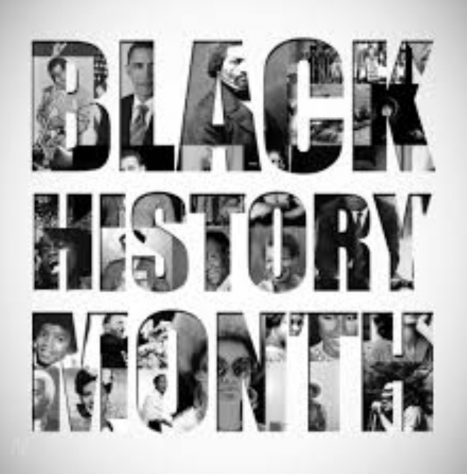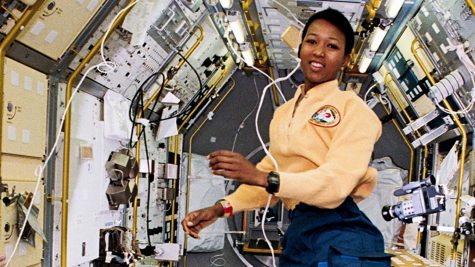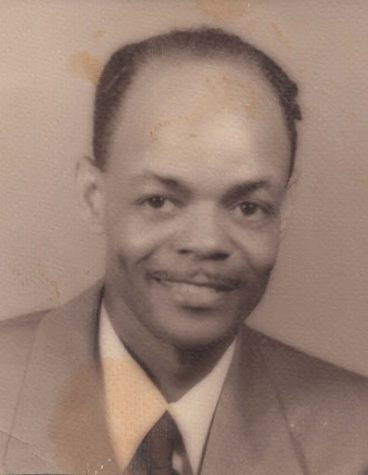A Celebration of Culture: Black History Month
February 24, 2020
For twenty-eight days, forty-two million Americans’ histories will be publicly celebrated. Black History Month is a time for an undervalued culture to receive recognition from society and commemorate African-American heroes who have not only helped the black community, but all of America. Although American schools teach about Martin Luther King Jr. and Rosa Parks, few know about Dr. Mae C. Jemison and Otis Boykin.

Mae C. Jemison was born in Decatur, Alabama on October 17, 1956. Her mother worked as an elementary school teacher while her father worked in carpentry and roofing. To provide the best education for Jemison and her sister and brother, the family moved to Chicago where Jemison cultivated her love for reading and science. At the young age of sixteen, Mae Jemison attended Stanford University and learned about chemical engineering and Afro-American studies. She went on to become a doctor and served the Peace Corps in Sierra Leone and Liberia. In 1985, Jemison decided to follow her love of science to NASA, where she applied to the Space Program. She earned the job of science mission specialist and got the opportunity to fly in space on September 12, 1992, becoming the first African American woman to ever leave the planet. After her return from space, Jemison continues to teach and inspire the younger generation with a teaching fellowship at Dartmouth and her company, Jemison Group.

Courtesy of janegoodall.org
Otis Boykin, a blaack history month icon, has saved and changed countless lives, yet few people know his story. Boykin was born in 1920 to a maid and carpenter turned preacher. At one-year-old, Otis’ mother died of heart failure, motivating Boykin to create his control unit for the pacemaker. Boykin graduated as valedictorian of his high school in 1938 and went on to attend Fish College and Illinois Institute of Technology. Boykin worked in multiple laboratories in his college days and started focusing on electronics. Due to economic hardship, Boykin had to drop out of the Illinois Institute, but the resilient twenty-seven-year-old continued to work on what he loved. Boykin consulted for various technology firms and developed resistors, a device used to control the flow of an electric current. Eventually, Boykin created a resistor that was cheaper and more effective than the competition which became in high demand in a variety of products such as missiles, IBM computers, and pacemakers. In Boykin’s later years, he returned to work as a consultant in the United States and Paris and continued to invent. Unfortunately, Boykin died of a heart failure in 1982, but left a plethora of inventions and a deep impact on numerous lives.

Even though when commenting on Black History many people talk about past leaders, Black history’s present innovators carry on a legacy of excellence. This month displays how far African-Americans have come and how much there’s to go.